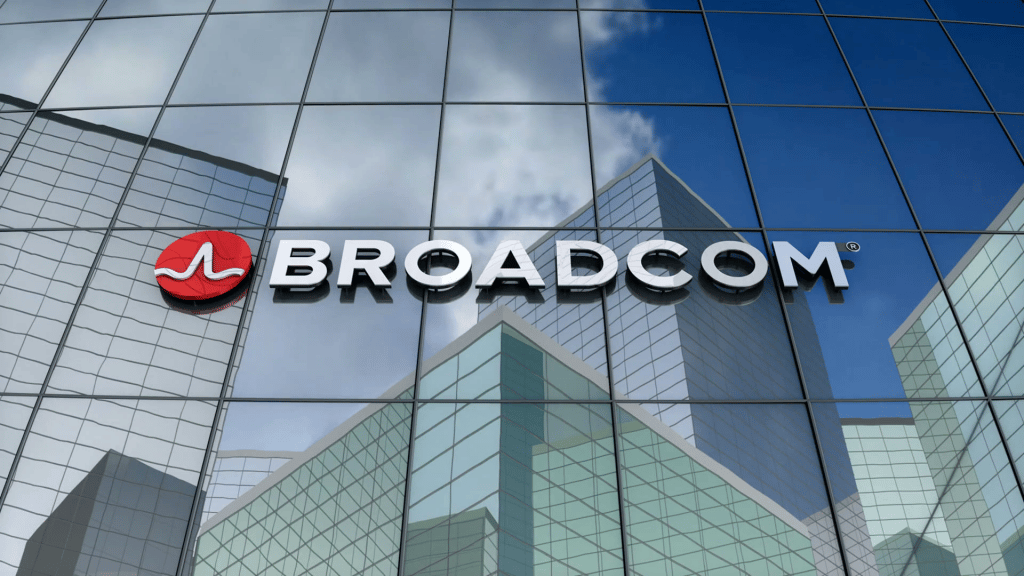Hyperconverged infrastructure (HCI) is typically thought of as a web-scale data center solution. But it turns out that the technology’s space and management advantages are making it equally compelling for small and medium-sized businesses (SMBs).
Everyone has a vested interest in streamlining their data infrastructure, but for SMBs, the need is even greater because they are facing the same Big Data explosion, relative to their size, as larger organizations but lack the finances and manpower to build a traditional enterprise environment. There is always the cloud, of course, but costs tend to scale with both data loads and the level of service required, and performance tends to be lacking compared to state-of-the-art, on-premises resources.
Mike Grisamore, vice president of small business sales at CDW, argues in Biz Tech Magazine that with entry-level HCI systems now starting at $25,000, small organizations have an opportunity to kick their IT infrastructure into the future without blowing their typically tight budgets. The two key use cases for HCI are small organizations that are due for a hardware refresh and those that are launching specialized projects. And the best part is that with a modular infrastructure, organizations can start small and easily add modules as requirements scale, usually with limited in-house technical staff, or none at all.
The SMB market is, in fact, emerging as a key growth area for traditional IT vendors who are seeing their sales slide in larger, integrated server and storage platforms. At Dell EMC World, President David Goulden noted that SMBs have been more eager to adopt new modes of IT precisely because they do not have decades’ worth of data systems to unwind and can pivot to more modern applications and infrastructure much quicker than the Fortune 5000. A key development in the SMB market has been the rise of all-cloud startups in the applications and services sphere. Once they hit a certain data level where the cloud is too expensive to maintain, they launch in-house resources in the most cost-effective manner – which usually means HCI.
This is shaping up to be a key driver in the fortunes of pure-play HCI vendors like Nutanix as well. The company recently launched the SMB-friendly Xpress module that packs compute, storage, virtualization and management into a $25,000 unit, complete with a three-year support package. According to Datacenter Knowledge’s Scott Fulton III, this was an important step for the company following its IPO as it calmed investor fears that its market share would be limited to top-tier data customers. Whether large or small, says Prabu Rambadran, Nutanix’s director of product marketing, enterprise needs are basically the same: simple management, high availability and application-centric operations.
The one drawback with HCI, however, is that it forces the enterprise to scale all computing resources at an equal rate, which does not necessarily meet the needs of typical workloads. This is where NetApp hopes to make a difference by building HCI around its SolidFire Flash array. The company’s John Rollason noted recently that HCI’s fixed compute-to-storage ratio makes it difficult to support mixed workloads, particularly in core data environments. By linking SolidFire to an HCI module using the company’s Data Fabric platform, Rollason says the company can provide a more dynamic solution that offers flexible scalability to push beyond the typical 4-8 node configurations that exist as silos in most data centers these days. No word yet on when the system will be available.
Hyperconverged infrastructure hits one of the primary objectives of modern data center design – the need to do more with less. For some organizations that have truly massive data requirements, HCI packs a lot of power in a tight package. But for others with more normal needs, it replaces the complex collection of systems that has evolved over the years, and the management headaches that go with it.
As more SMBs discover that the cloud was never meant to be a full replacement for the data center, HCI will become a tantalizing draw for on-premises data infrastructure.
Arthur Cole writes about infrastructure for IT Business Edge. Cole has been covering the high-tech media and computing industries for more than 20 years, having served as editor of TV Technology, Video Technology News, Internet News and Multimedia Weekly. His contributions have appeared in Communications Today and Enterprise Networking Planet and as web content for numerous high-tech clients like TwinStrata and Carpathia. Follow Art on Twitter @acole602.










